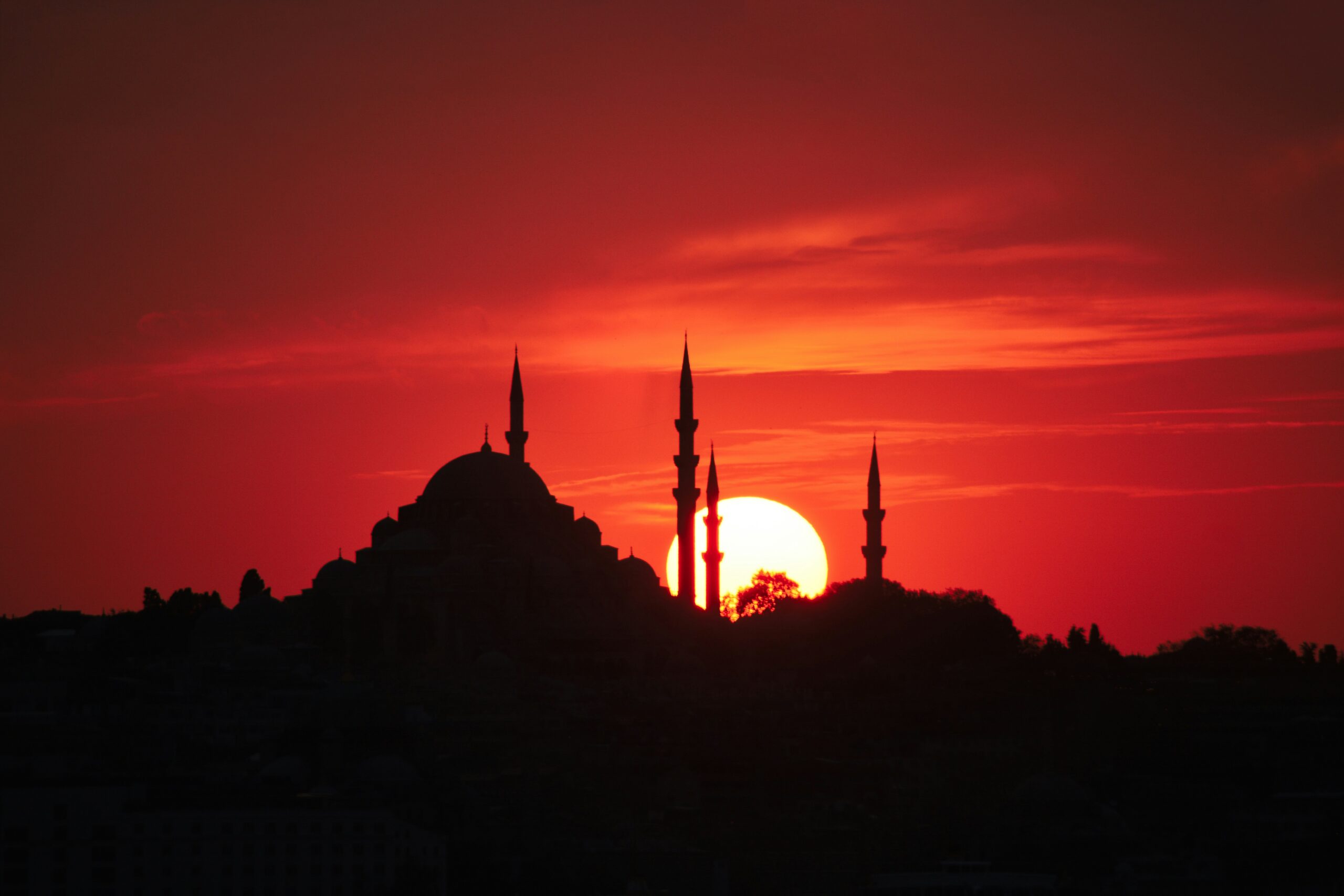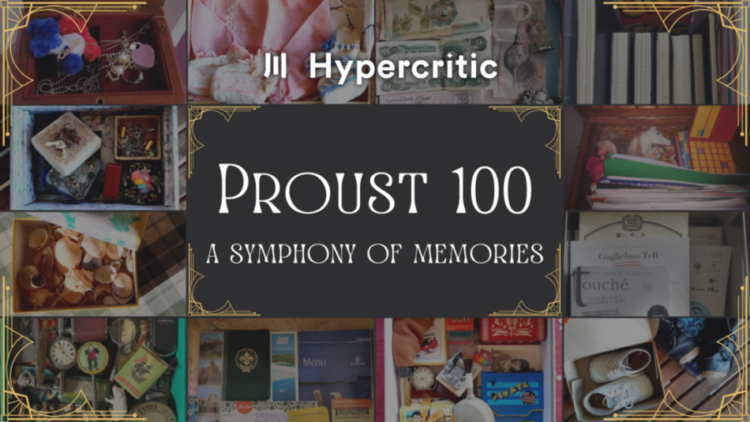
The Museum of Innocence | A Declaration of Love to a City
Author
Year
Format
When we lose people we love, we should never disturb their souls, whether living or dead. Instead, we should find consolation in an object that reminds you of them, something…I don’t know…even an earring.
-Orhan Pamuk, The Museum of Innocence
This quote contains the heart of the novel Masumiyet Müzesi, written by Turkish Nobel Prize-winning author Orhan Pamuk and published in 2008. The book, translated the following year into English with the title The Museum of Innocence, tells a love story set in Istanbul, a city where East and West collide.
The main themes concern the fight against the social norms of the Turkish society of the seventies, and the value of memories preserved and handed down by the objects belonging to the loved one. The Museum of Innocence is a singular novel of its kind, above all because as it progresses, it takes the reader, both metaphorically and literally, on a discovery of an unusual museum.
A thwarted love that lives on through memories
The novel tells the story of Kemal, a man belonging to a wealthy family in Istanbul in the seventies. His life flows normally between work, family, and his fiancée, Sibel. One day his existence is turned upside down by a fortuitous meeting with a distant relative of humble origins, Füsun. An unstoppable passion erupts between the two. However, Kemal will succumb to the customs of the society in which he lives, thus alienating the woman he loves. The pain of their separation becomes an obsession that will lead Kemal to collect all the objects that belonged to Füsun. Kemal will jealously guard these items in a sort of museum where he can relive his eternal love through memories.
The inept
The protagonist of The Museum of Innocence, Kemal, lives a particularly dramatic and solitary existence. His love for Füsun consumes him to the point of torment. His character reflects that of the antihero and recalls the protagonists of Italo Svevo‘s novels like Zeno’s Conscience and Senilità. These characters have in common the theme of ineptitude, an illness that makes them unable to live their lives smoothly. They are dissatisfied and defeated men who are unable to enjoy the beautiful moments of life.
Kemal stops caring about his work, his friends, and the world around him. He locks himself in his museum of innocence, endlessly reliving the images linked to the woman he loves, thus forgetting to live. For Kemal, the objects that belonged to Füsun become fetishes, the only thing capable of comforting him. Pamuk, recalling Marcel Proust‘s involuntary memory, focuses on objects’ evocative power. A sensorial memory, triggered by the contact and sight of items that soothe the absence of the beloved.
A forbidden love
In addition to the male protagonist, what strikes the reader are the two female figures: Sibel and Füsun. They represent two very different social castes. Sibel, like Kemal, belongs to that wealthy circle of the Turkish elite. Füsun, on the contrary, comes from a modest family. Sibel is the perfect fiancée for Kemal because they are equal; while a union with Füsun wouldn’t have been possible in Turkey in those years because of the difference between their social statuses. This forbidden love story challenges the conventions and morality of the time, highlighting a country divided between prejudice and freedom.
In the 70s, a traditional vision of women prevailed in Turkey, in contrast with the modern ideas of the new generations. There was a clear disparity between genders. Women were not independent, their social position was defined by that of their husbands. The book underscores, for example, that men were free to have lovers and have sexual experiences even before marriage. While women were expected to remain chaste until their wedding day and respect the sanctity of marriage and family. Kemal and Füsun are two star-crossed lovers who collide with the harsh reality of the country in which they live.
A debated author
Orhan Pamuk is one of the most relevant authors of contemporary Turkish literature. In 2006, he was the first Turkish author to win the Nobel Prize in Literature, and the following was said at his award ceremony:
Who in the quest for the melancholic soul of his native city has discovered new symbols for the clash and interlacing of cultures.
Many of his novels are set in his hometown, Istanbul, and focus on the collision between East and West. However, Pamuk enjoys a complicated relationship with his motherland. He dares to highlight the contradictions and taboos of his nation, attracting harsh criticism. Despite his international success, in Turkey, he has been questioned several times for expressing political opinions in conflict with the current Turkish government. This calls attention to the limits of freedom of expression in Turkey. Pamuk is an example of an author who praises his nation and pays homage to its rich history, but at the same time, he is not afraid to hide its dark sides.
Furthermore, Pamuk deviates from the realist literary style that prevails in Turkey. Instead, he approaches postmodernist literature with the use of metafiction, many narrative threads, and digressions. The Museum of Innocence, like other works by Pamuk, presents a complex narrative plot and multifaceted characters. The author often inserts autobiographical elements into his books and uses metanarrative tricks. Pamuk likes to mix fiction and reality. To strengthen the reader’s feeling that the story told is true, towards the end of the book the narrator changes. It is no longer Kemal who tells the story, Pamuk places himself as a character and confidant of the protagonist. This expedient surprises the reader who, despite knowing that the story is invented, can believe for a moment in the existence of these fictitious characters.
Istanbul and the Historical Memory
In The Museum of Innocence, Istanbul is not just a backdrop against which a love story unfolds. This city is equally the protagonist of the narrative. It is a place characterized by cultural and political changes, where modernism and traditionalism crash. Istanbul has an ancient and fascinating history. Founded by the Greeks, conquered by the Romans, and then by the Ottomans, it has had various names over the centuries: Byzantium, Constantinople, and finally Istanbul. It is divided by the Bosphorus Strait into two parts, one belonging to Europe and the other to Asia. Geographically and culturally it has always been halfway between East and West, between the desire to preserve its own oriental identity and that of opening up to the Western world.
Pamuk, in his novels, introduces an original idea of the city. It is not just a physical place, but rather a living and independent reality that preserves a historical memory. To better explain the feeling that binds him to his city, the author uses the concept of hüzün. This term came from the Koran originally, and after arriving in the modern Turkish language now has an ambivalent meaning. On the one hand, it expresses negative feelings such as melancholy, on the other positive emotions that refer to the world of the sacred. Pamuk uses the notion of hüzün not to talk about an individual feeling, but to refer to the soul of Istanbul. This feeling of sorrow pervades every element of the city, the streets, the monuments, and the inhabitants.
The real museum
The reader’s journey does not end with the last page of the book. In fact, in 2012 Pamuk set up The Museum of Innocence in Istanbul, which contains the objects with which the story is dotted. While he was writing the book he wandered around old shops, collecting objects that would later fill the novel with meaning. After years of research and collections, the museum was born in the district of Çukurcuma, in a renovated building. In the book, this palace belonged to the protagonist Kemal. It was the place where he and Füsun lived their clandestine love for years and where he kept all the objects that belonged to her. Pamuk created something unique. He jointly stimulates emotions and sensations in the reader/visitor through the words of the book and the objects of the museum.
The museum not only tells a love story but is a representation of Istanbul in the late seventies. A city that in that period was facing great cultural changes and was trying to modernize itself. The novel and the museum are testimonies of a city and a society that no longer exists. Pamuk focuses on the value of memory and how important it is to preserve it.
To conclude, The Museum of Innocence addresses themes such as love, loneliness, prejudices, and memories, inextricably linked to the city of Istanbul. However, these universal topics can be traced back to human existence. Pamuk tells of a nation suspended between two realities. A place that does not belong completely to either the East or the West, destined to remain halfway between.
Tag
Buy a ☕ for Hypercritic









